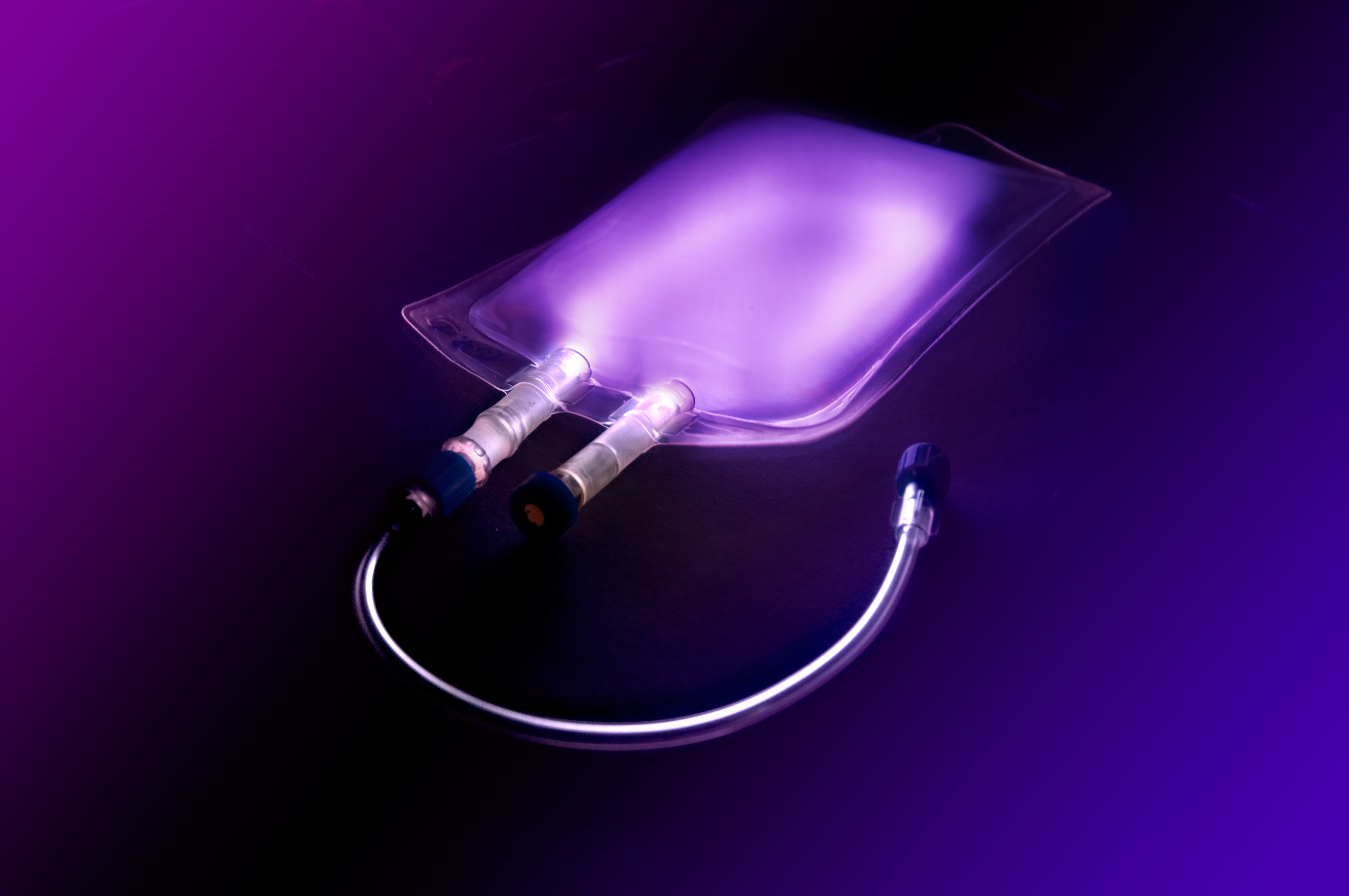Photonic processes can be found in a variety of medical and biotechnological applications. Starting with direct medical therapies, where laser radiation and light are used for surgical processes and biostimulation methods, optical processes are found mainly in diagnostics. Laser medicine is perhaps the best-known photonic application since many have had direct contact with it. Subjects such as LASIK, retinal coagulation, photodynamic therapy as well as wrinkle and tattoo removal are well known to the general public and are widely used as therapeutic procedures. Here, the institutes of the Fraunhofer Group for Light & Surfaces are developing new processes and medical-therapeutic systems that are often used together with the institutes of the Fraunhofer Group for Life Sciences.
In addition to these therapeutic procedures, the group also focuses on developments in diagnostic and analytical processes. Spectroscopic methods, such as plasma spectroscopy, Raman spectroscopy and fluorescence spectroscopy, are used to detect structural data of proteins, binding states and optical markers, which are applied for both medical and biotechnological processes.
Furthermore, laser- and plasma-based processes are also used in a variety of applications to produce medical devices. The spectrum here extends from additive procedures with which patient-specific implants can be generated right up to cutting and welding processes, with which stents are generated and, for example, components of a heart pacemaker which are joined together by laser welding.
Plasma and laser-based technology can also be used to apply biofunctional coatings to surfaces or, specifically, to selectively change surface properties, for example to increase the compatibility for the biological environment (biocompatibility) of implants. The treatment of medical devices with low-energy electrons has also proved to be an effective tool to reduce microbes and sterilize packaging, implants and medical devices as well as to inactivate liquid exciter suspensions. In the biomedical laboratory unit, the group’s institutes can test treated surfaces directly for their biocompatibility, antibacterial properties and their degree of sterilization.
